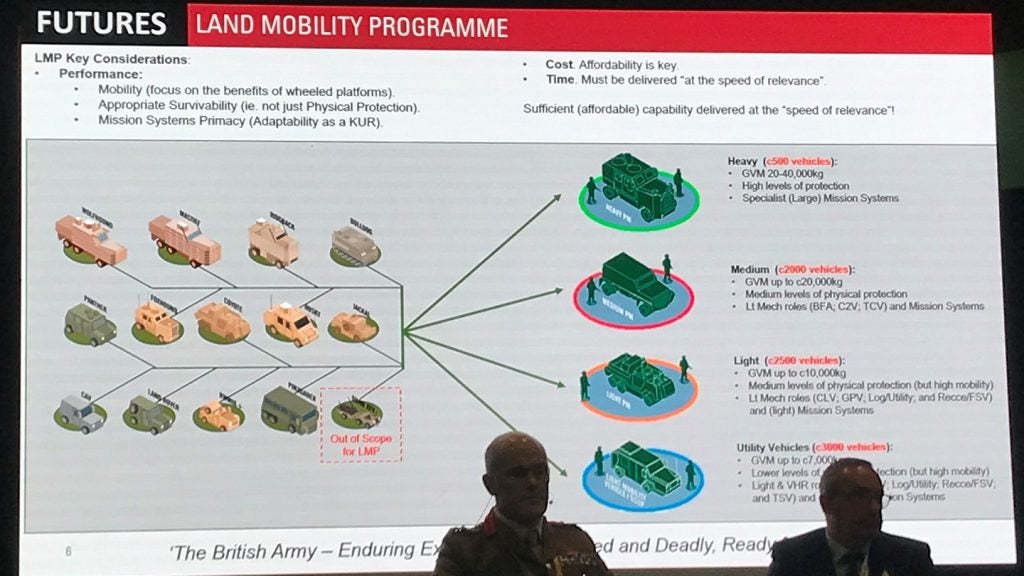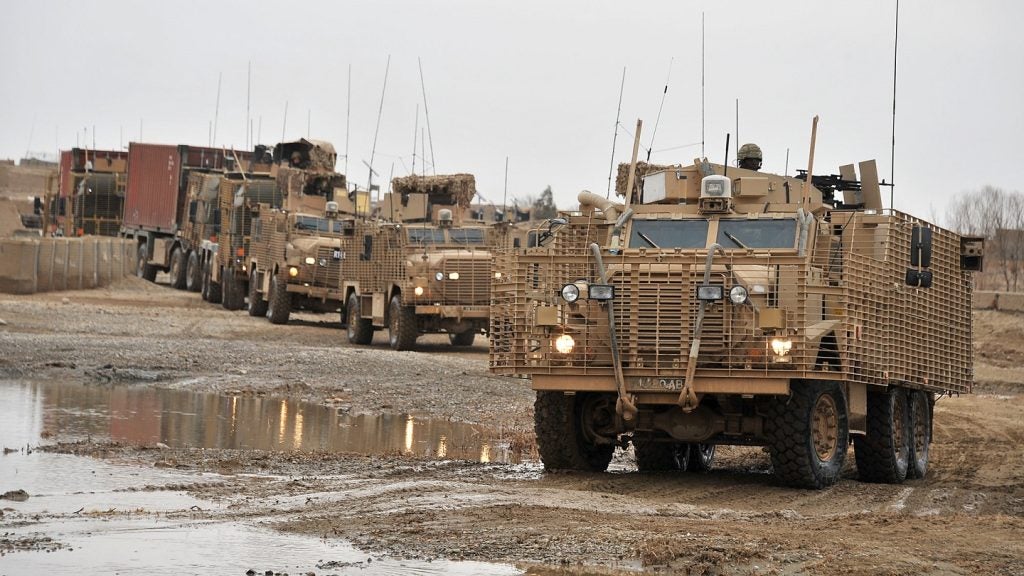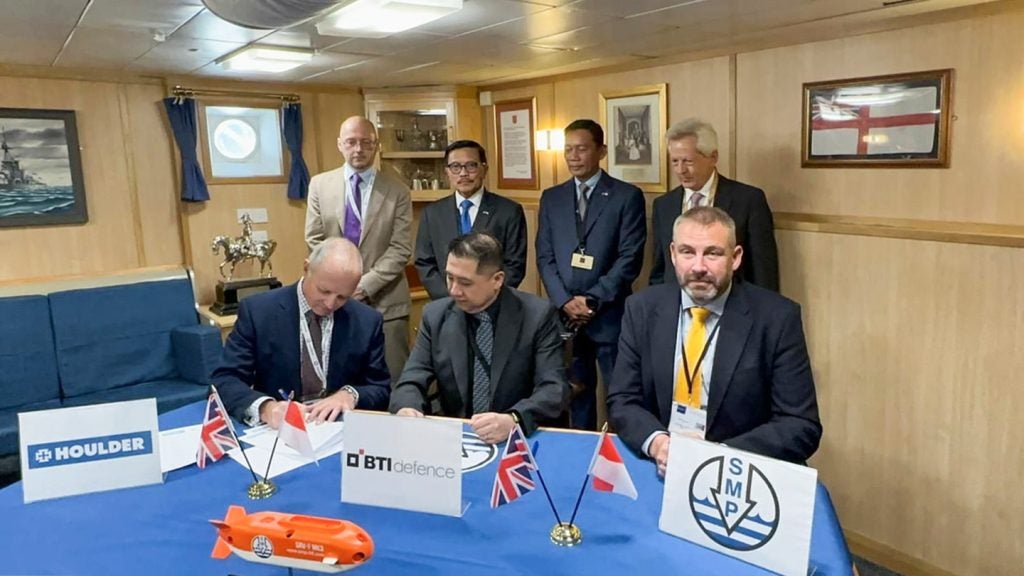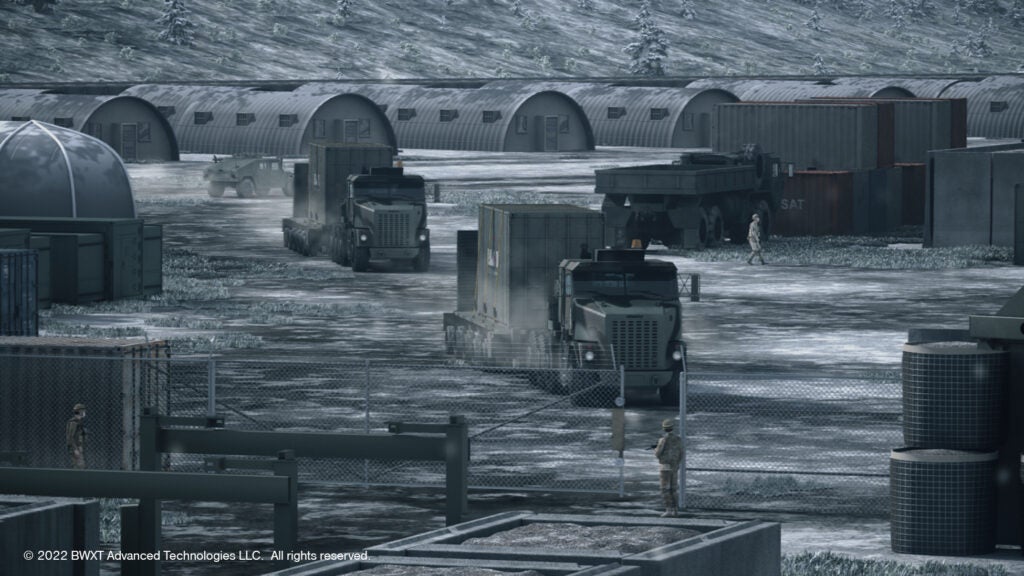The UK Ministry of Defence (MoD) is expected to make a decision on an strategic outline case for the British Army’s Land Mobility Programme (LMP) in February 2024, as the service looks to replace and reduce the 16 vehicle types currently in the mobility fleet down to around five designs.
Speaking at the LMP briefing at DSEI 2023, British Army officials provided details on the programme as it stands, which had been rebranded from the service’s earlier Protected Mobility Programme, with survivability now required to be “sufficient, rather than exquisite”.
Funding for the first ten years of the programme would be around £2.2bn, although replacement platforms would not be acquired on a one-for-one basis, with the emphasis around increasing commonality across base platforms that can be rerolled or fitted with mission-specific equipment.
In-service platforms that will be part of this consolidation effort include the Wolfhound, Mastiff, and Ridgeback protected mobility platforms, the Panther and Foxhound 4x4s, the tracked Bulldog FV430, as well as utility platforms such as the Coyote, Jackal, Land Rover, and Pinzgauer.
One of the main causes of the range of platforms utilised in the British Army’s mobility fleet is a legacy of the conflicts in Iraq and Afghanistan, when the service found itself under-equipped for the type of vehicles required to conduct sustained counter-insurgency operations. As a result, a series of urgent operational requirement acquisitions have left a mark, resulting in unwieldy sustainment and support, and inflated costs.
Brigadier Matthew Wilkinson, vehicle support team leader at the MoD’s Defence Equipment & Support, said the British Army had “inherited a mixed fleet of vehicles”, which would have to be consolidated.
“We will be prepared to compromise on platform performance and requirements,” said Wilkinson, in order to achieve the requirement commonality. “We will have fewer core platforms, but in a broader range of configurations.”
Acquisition strategy would also see a shift away from the purchase of “monolithic blocks” of vehicles to “packages”, filling a requirement where needed. In addition, platforms competing for LMP requirements should have a “60% or greater” UK footprint, further emphasising a leading narrative emerging across the UK defence sector.
LMP focused on mobility, commonality, and affordability
Overall platform numbers being sought under the LMP effort are still being refined, but information presented at the British Army briefing saw four main categories of platforms being sought – Heavy (~500 vehicles), Medium (~2000 vehicles), Light (~2500 vehicles), and Utility (~3000 vehicles) – for a potential total of around 8,000 vehicles.
The Heavy platform would weight between 20-40,000kg, have high levels of protection and be able to accommodate large mission payloads and system. The Medium platform is envisaged to weigh up to 20,000kg with medium levels of protection, and fulfill roles typically performed by light mechanised infantry.

The Light platform would weigh up to 10,000kg and expand into the mechanised infantry roles into areas such as reconnaissance. The Utility vehicle, potentially the most numerous, would weight around 7,000kg and focus on lower levels of protection with high mobility.
In all imagery displayed no mention of incoming tracked vehicles was given, indicating a decision taken early on to go all-wheeled for the LMP, in an ongoing trend within the British Army to reduce its tracked fleet, such as with the acquisition of the Boxer 8x8.
The programme does not include acquisitions being sought under the Light Tactical Mobility Platform (LTMP) Medium and LTMP Light programme, through which the MoD is currently seeking industry responses to the potential purchase of more than 1,000 4×4 and all-terrain vehicles, valued at a combined total of £91.3m ($113.8m). However, British Army officials said that commonality between these respective programmes could be sought, depending on requirements.












